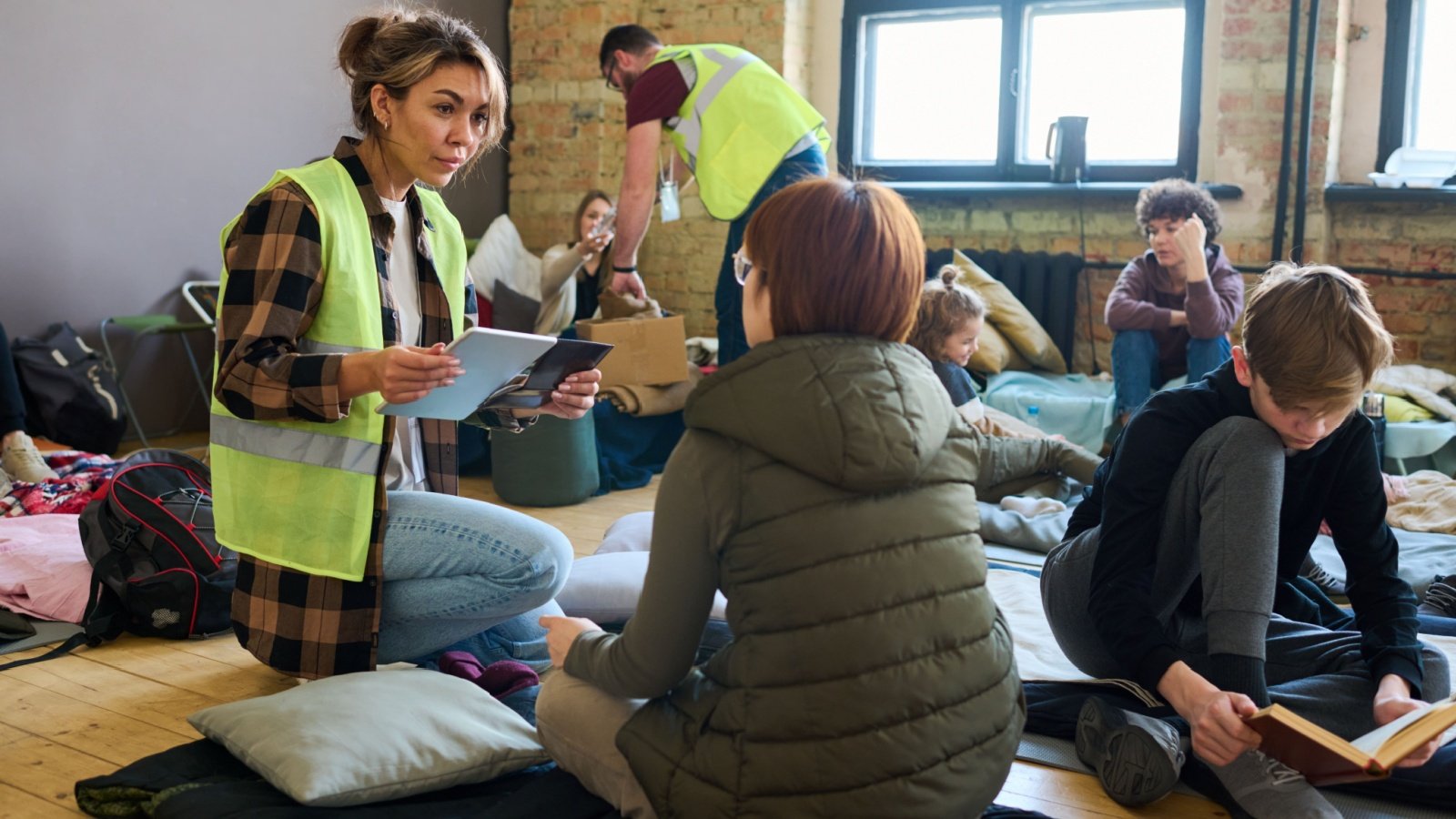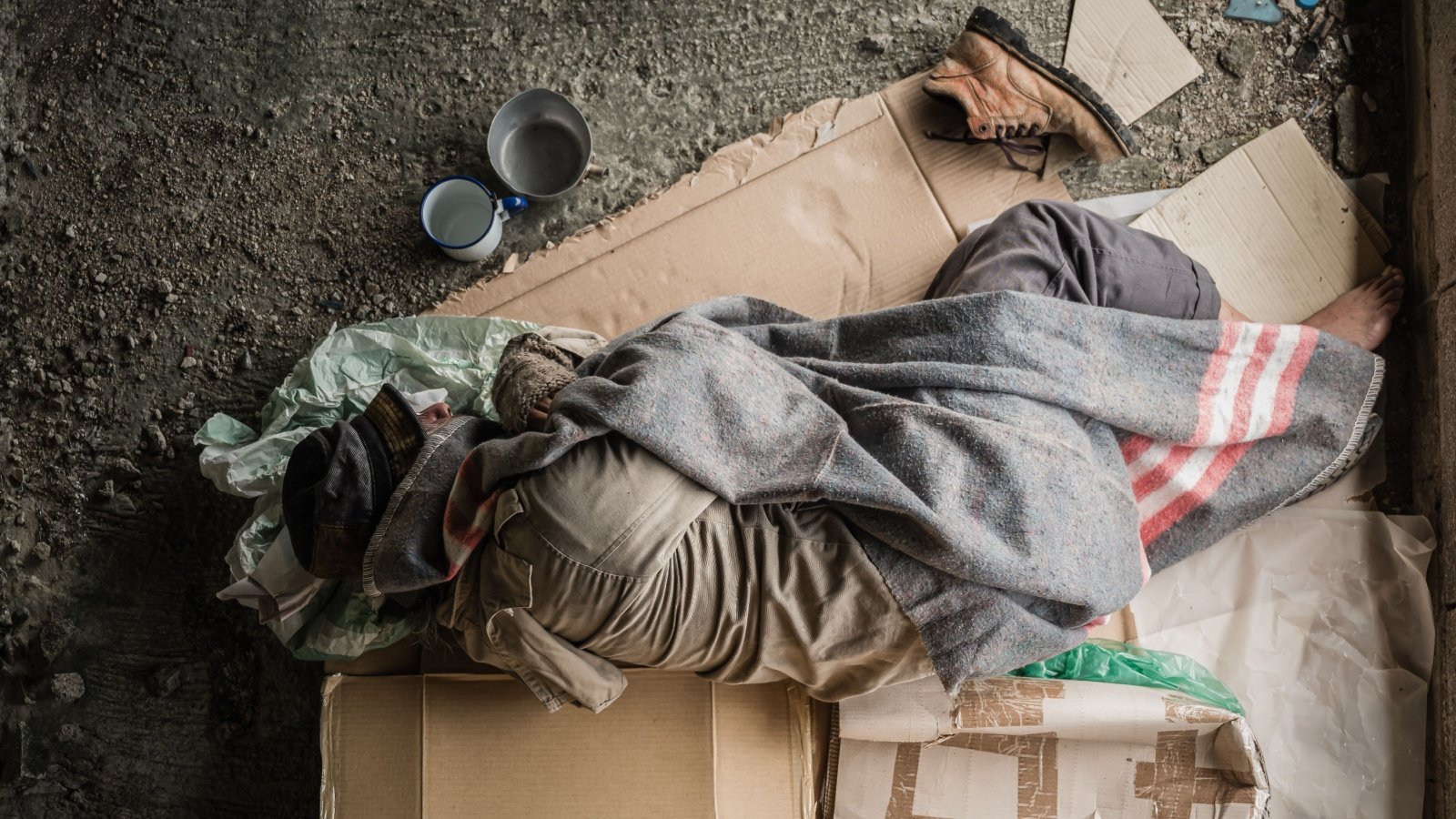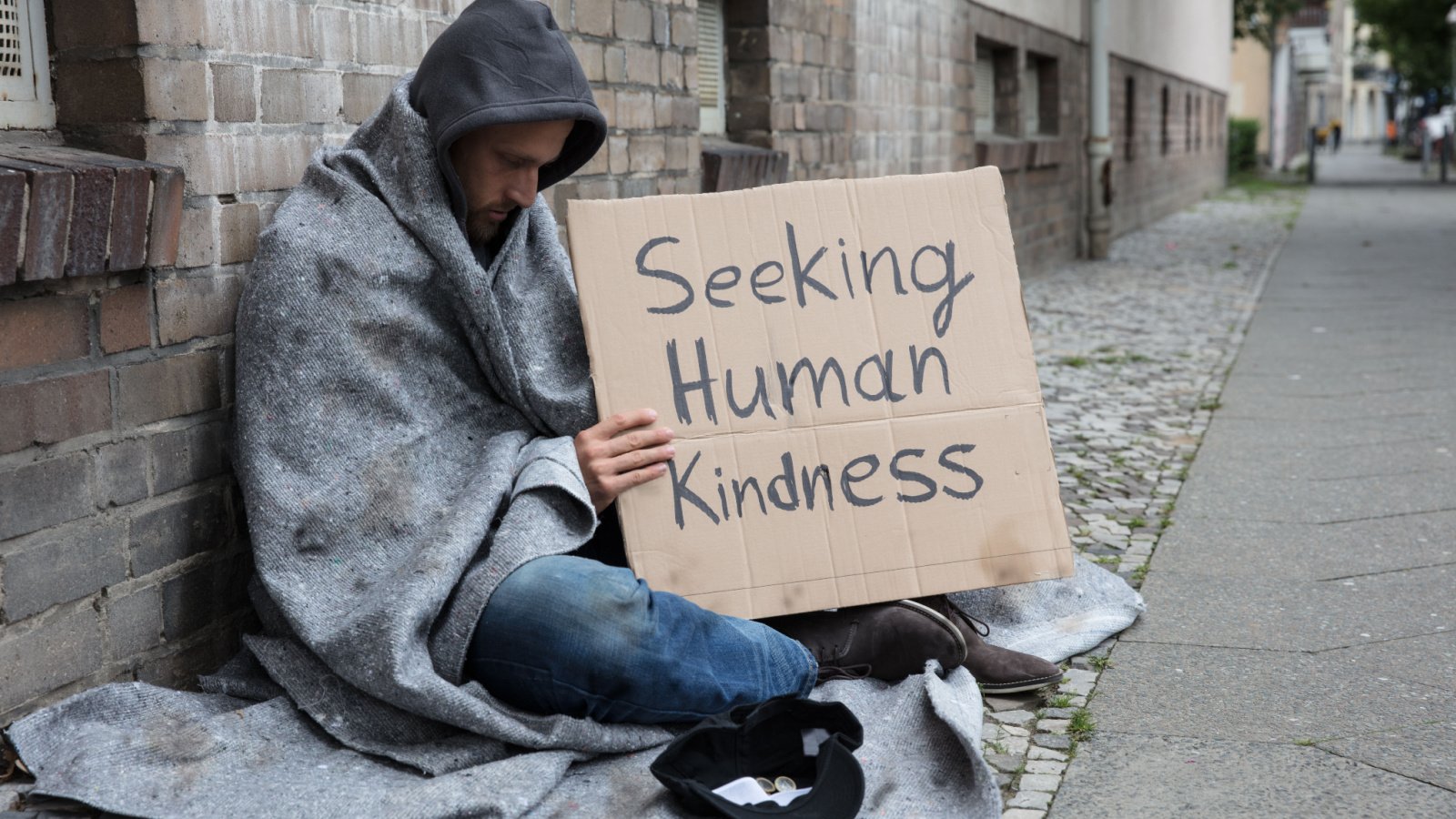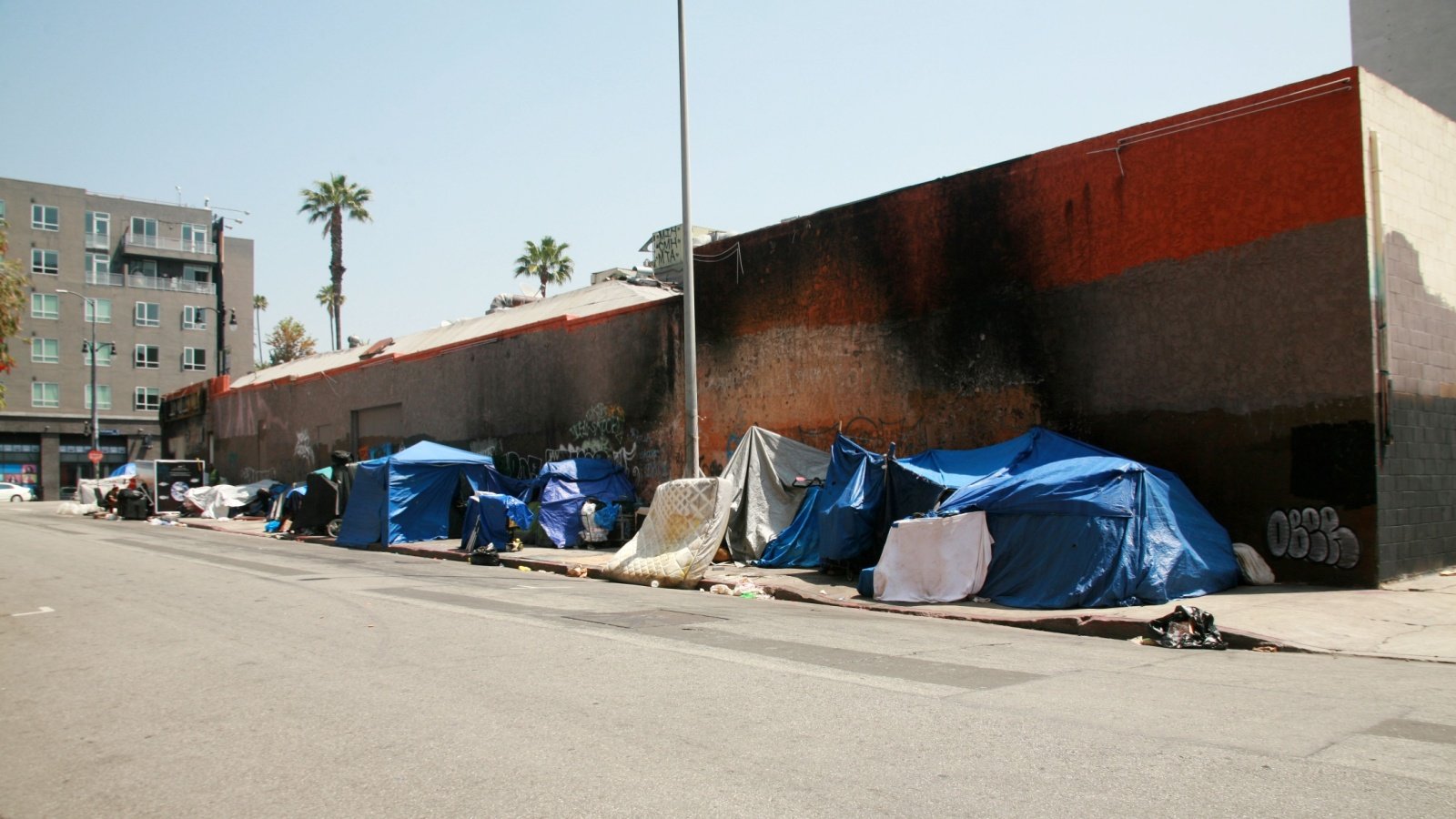As New York’s shelter system tightens, migrants face growing desperation, forced to create makeshift camps near Randall’s Island. With no options left, many endure harsh conditions and worsening health, highlighting the urgent need for solutions. The city’s new shelter policy is leaving thousands in limbo.
Migrants Set Up Tent Encampments After Shelter Evictions

Migrants expelled from New York City’s Randall’s Island mega shelter have turned to makeshift tent encampments, struggling to survive in worsening conditions. With nowhere else to go, these camps have rapidly expanded, now sheltering thousands of adult migrants.
Randall’s Island Shelter Becomes Inaccessible

The Randall’s Island shelter, once a temporary haven, is now out of reach for many due to a new 30-day limit on stays. This policy shift has left countless individuals without shelter, forcing them into the streets when their time expired, leading to the creation of unauthorized encampments nearby.
Living Conditions in Encampments Deteriorate

Migrants in these encampments face harsh realities, including inadequate shelter from severe weather. Many rely on tarps and makeshift tents, using trash bags and cardboard for warmth as they endure cold, heat, and rain, highlighting the growing crisis within New York’s shelter system.
NYC’s 30-Day Shelter Policy Sparks Controversy

New York City Mayor Eric Adams announced changes to the city’s “right to shelter” policy, limiting stays to 30 days. Under these new rules, individuals who have used up their 30 days can be denied re-entry into the shelter system unless they can prove extenuating circumstances or a need for disability accommodations.
Encampments Reflect Strain on Shelter System

The encampments near Randall’s Island are a stark contrast to the city’s formal shelters. Where shelters provided some stability, the makeshift tents offer little protection, with migrants spending nights on inflatable mattresses or even on bare ground, insulated only by tarps and thin coverings.
Health Risks Increase for Encampment Dwellers

Health concerns are rising among migrants living in these camps. A 24-year-old migrant, after spending five months in the encampments, reported frequent illness due to prolonged exposure to harsh weather conditions, a situation that underscores the broader health crisis facing those in similar circumstances.
Growing Encampments Highlight Shelter System Gaps

The increasing number of tents along the East River serves as a visible reminder of the city’s strained shelter system. As more migrants reach the end of their 30-day stay, these encampments are likely to continue growing, exacerbating the challenges faced by both the city and the migrants.
Calls for Re-Evaluating Shelter Policies

The 30-day limit has sparked calls for a re-evaluation of New York City’s shelter policies. Advocacy groups argue that the time limit is too short and fails to address the complex needs of migrants, leaving many in a state of uncertainty and without a path to stability.
Advocacy Groups Push for Policy Change

In response to the growing crisis, advocacy organizations are urging the city to provide more comprehensive support systems. They argue that the current policies contribute to displacement and suffering, emphasizing the need for a more humane approach to managing the migrant population.
Future of Migrants in NYC Remains Uncertain

As New York City struggles to manage this escalating crisis, the future for those in makeshift camps remains unclear. The expansion of these encampments reflects not only the failure of the current system but also the urgent need for solutions that ensure all residents, regardless of their circumstances, have access to shelter and safety.








